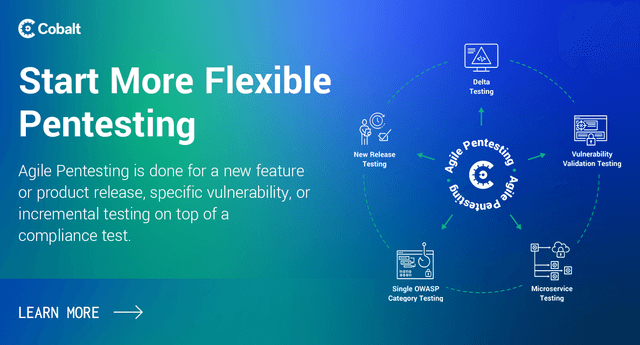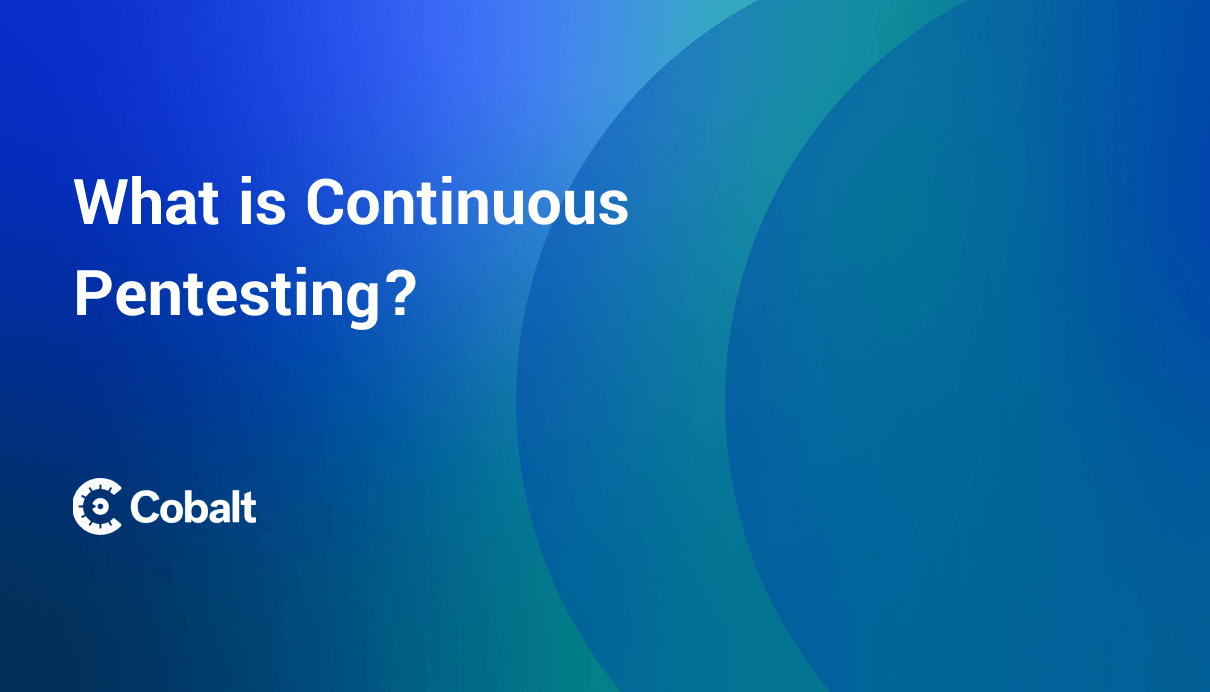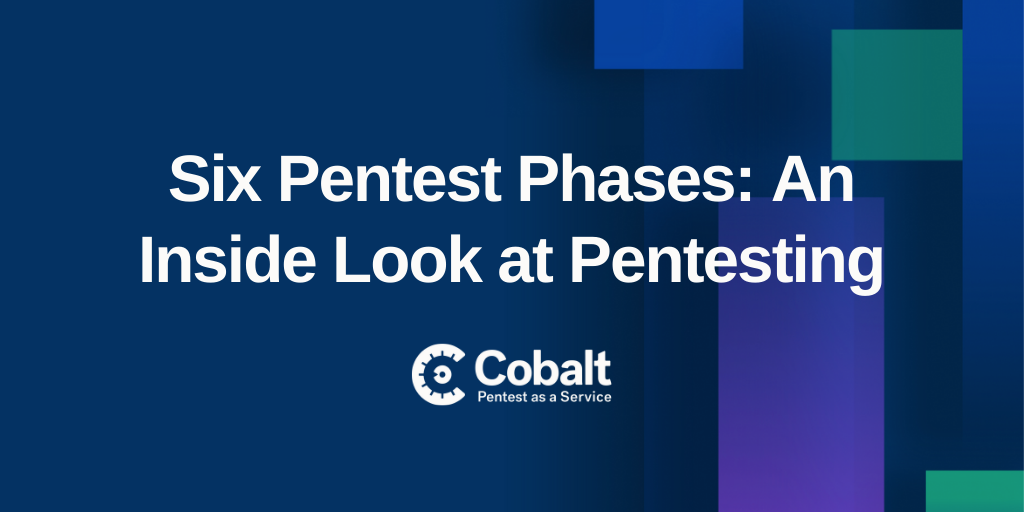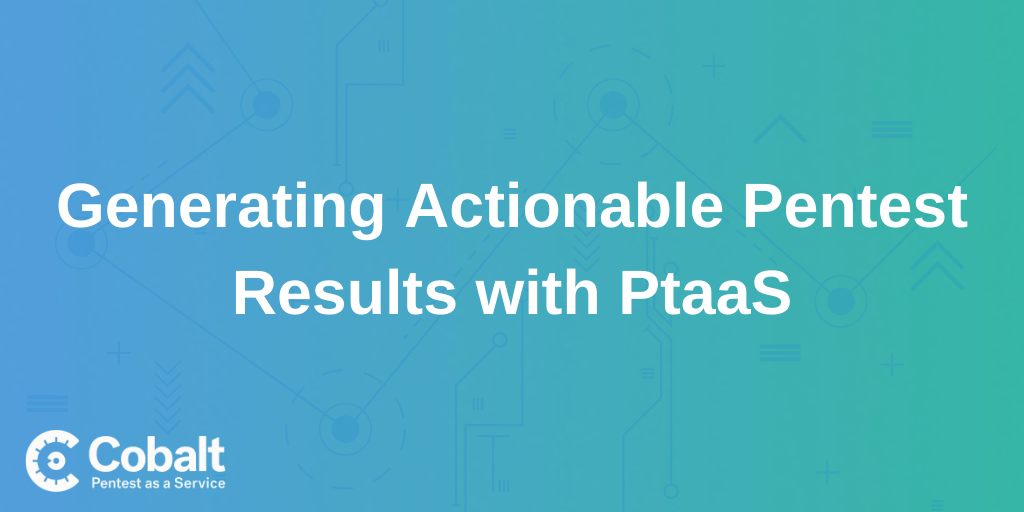In today's cybersecurity landscape, security is always evolving. This requires companies to understand the nuances of their security reports.
While the value of a pentest report is obvious, there’s also immense value in analyzing your reports over time to identify trends. In doing so, your organization can proactively address vulnerabilities. Thus, keeping your company ahead of emerging threats.
Today we'll explain why reporting is critical for a company's security. We'll review different formats of pentest reports. And then highlight how to leverage reports to identify trends in your testing data over time.
Let’s dive into the value of pentest reports and how to make more informed decisions with your security program.
Types of Pentest Reports
Not all pentest reports are the same.
Some consultancies will send an email with an attached PDF with the test’s summary. Others include a few screenshots highlighting vulnerabilities discovered during the test. Other services include a walk-through of the report or extra data from the test.
Other reports, such as from a Cobalt pentest, will offer a dynamic report experience. This includes the most up-to-date security information based on discovered findings and remediation.
Besides differences in reporting, not all penetration tests are equal. For example, there are different types of pentests we offer at Cobalt, including:
- Comprehensive Pentest for compliance
- Agile Pentest focused on a specific area of an asset
With different tests, there are different reporting options. Comprehensive reports offer customers more flexibility and customization via a variety of templates. On the other hand, automated reports accompany an agile pentest.
Another important distinction between the types of pentest report is by their use case. For example, the need of an executive reviewing a security report differs from that of a security analyst using it daily. To this point, Cobalt’s comprehensive pentests offer the ability to adjust report structure with more flexibility.
Example of Pentest Report
Having to explain a pentest report to an executive or finance colleague isn't the most delightful experience. Thus, creating a report so the stakeholders have exactly what they need is key. Security researchers should focus on more important tasks rather than explaining reports.
At Cobalt, we offer a variety of pentest report templates to serve your needs. Our comprehensive pentests offer the ability to generate a specific type of report. For example, auditors may need one type of report to achieve certifications such as PCI-DSS or ISO 27001. On the other hand, internal stakeholders may need more information and thus, there are separate reports available.
Let’s take a closer look at each of the different report types available from a Cobalt pentest.
Comprehensive Pentests: Customer Letter
With a comprehensive pentest, customers have the most flexibility in their reporting type. Options range from a customer letter to attestation report, and full report of all findings discovered during the pentest.
The comprehensive pentest report includes an option for external-facing stakeholders, known as a Customer Letter.
The Customer Letter includes two sections:
- Executive Summary
- Methodology
These reports are ideal to share with customers who want a simple confirmation of a pentest and the reassurance that their sensitive data will be safe on your system. It's also ideal for other external parties who want to understand your security procedures at a high level.
Comprehensive Pentests: Attestation Report & Letter
The attestation report and letter are similar to the customer letter, but include a few differences. The Attestation Report includes the penetration tester’s information and a list of the findings.
The Attestation Letter offers customers a one-page summary of the test. It also includes details such as the executive summary and a findings summary table.
Comprehensive Pentests: Full Report & Findings Details
Here customers receive the full report and all technical details discovered during the pentest.
Often, customers will use the full report for internal purposes to assist with remediation or support the security team. These reports are ideal to support larger changes that need finance or board approval.
The Comprehensive Pentest Full Report with findings includes:
- Penetration Testers’ Information
- Executive Summary, with a list of findings
- Scope of Work
- Methodology
- Summary of Findings
- Recommendations
- Post-Test Remediation
- Finding Details, including vulnerability type, description, proof of concept, severity, and suggested fix
As the name implies, comprehensive pentests offer the most comprehensive reporting options. Conversely, agile pentest align closer to a lean software development lifecycle. For that reason, agile pentests include only an automated report.
Agile Pentests, Automated Report
This automated report offers companies an inside look at their applications and network from the eye of an attacker—with a hyper-focused approach.
The Agile Pentest automated report includes five sections:
- Penetration Testers’ information
- Executive Summary
- Methodology
- Post-Test Remediation
- Finding Details
The Agile pentest service seeks to help customers integrate their security more into their SDLC. With an agile pentest, customers are able to test a new feature added to an application, network, or API. It also enables customers to test across their assets for a specific vulnerability. This is ideal when attackers develop a new attack vector such as what we saw with ransomware and bitcoin in the late 2010s.
In summary, remember there are differences in security providers and their reports. Both impact your security posture. Thus, it's important to choose a good penetration testing report to fulfill your unique needs. Learn more about Cobalt’s Pentest Reports.
Analyzing Pentest Data for Trends: Leveraging Your Reports
Pentest reports' value increases when analyzing tests over time. This reveals trends that can boost development or security efficiencies.
As security teams update policies, analyzing pentest data helps identify new trends. For example, many security professionals are familiar with the aggregate data a scanning tool provides. This can be leveraged to identify program efficiencies or room for improvements. Now this type of data is accessible from your penetration tests and not only a common vulnerability scanner.
Let's explore three examples of insights gained from pentest data analysis.
Examples of Efficiencies Analyzing Pentest Data Unlocks
1. Prioritization of Vulnerabilities
Pentest reports should support the prioritization of vulnerabilities. This is the main goal of a security test despite many companies using them only for compliance. While it's valid to conduct a pentest for compliance only, the true value of a pentest is through their ability to highlight vulnerabilities for remediation before a cyberattack occurs.
That said, not all vulnerabilities are created equal. Some allow attackers directly into a critical component of your business. Other vulnerabilities may only allow an attacker to access non-essential data.
While neither situation is ideal, nor something any CISO would want to see their systems experience, there’s also a clear difference. This is why at Cobalt we have 5 levels of vulnerability risk. This empowers business leaders to make an informed decision and prioritize security risks that pose the biggest threat.
2. Improve Security Training
Another important insight to gain from your security testing is to help improve your security program itself and improve the training offered to other departments.
Analyzing pentest data empowers teams to realize important trends. For example, human-related security incidents such as phishing attacks or weak passwords. These areas of training are where education helps reduce the number of errors. It highlights the importance of security training as an effective component of a security program.
Finally, the monitoring of your pentest data can be used to adapt your training program to cover emerging trends such as a new type of threat. This ensures your teams stay up-to-date with the latest best practices in the information security sector.
3. Streamline Development and Security Processes
Another important aspect of reviewing your pentest data is applying these learnings to your Standards Operating Procedures.
For example, you may find that your quarterly pentest reports show the same vulnerability time and time again. This would be an ideal thing to highlight with your engineering teams. With more awareness, it helps avoid seeing the same vulnerability on the next report.
This saves time on future tests across many departments. It saves time for your security team, by avoiding having to triage another vulnerability. The engineering team saves time by not having to adjust the code again. Further, it saves more time for your security team since they won’t have to review the remediation and close out the vulnerability again.
In closing, remember it's best to consider business risk when analyzing a pentest report. Hackers in the real world can only exploit vulnerabilities if they are not remediated. Thus, companies should leverage their security assessments from their pentest providers to better deploy their security controls. This will better align your security program with OWASP and other best practices.










